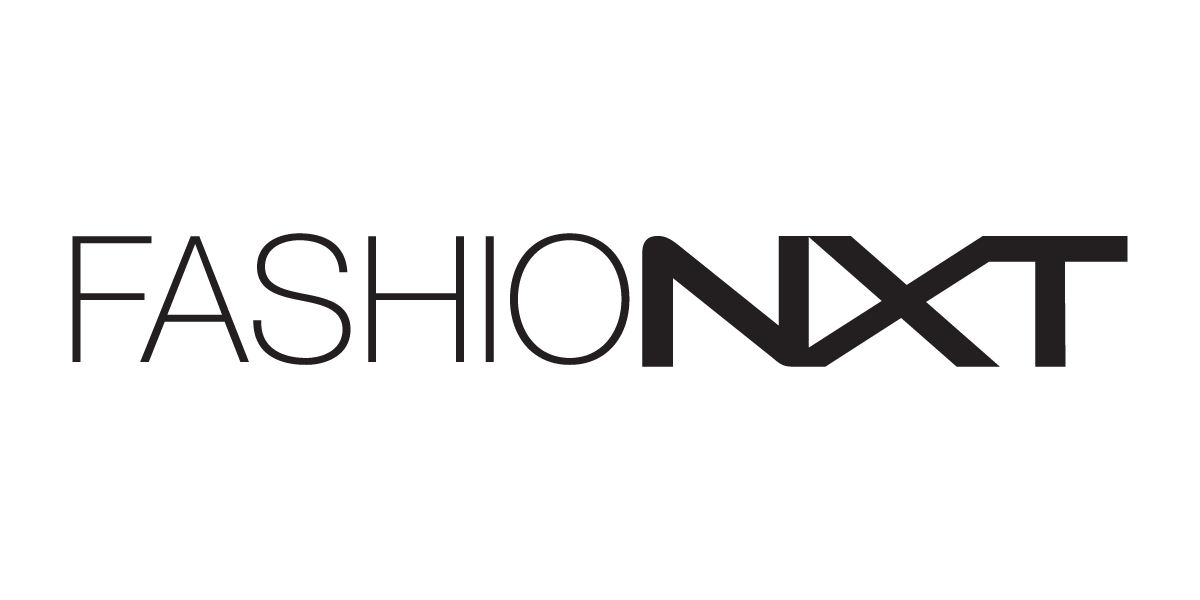Transparency Takes Center Stage: The Evolving Fashion Supply Chain in 2025
As consumers become more discerning, the demand for transparency in apparel supply chains has never been higher, pushing brands to re-evaluate their practices and foster greater accountability. Recent viral campaigns exposing the disparity between manufacturing costs and retail prices have further amplified the call for change, urging brands to open up about their operations and the true value behind their products.

The Rise of Consumer Awareness and Demand for Transparency
Consumers are increasingly concerned about the ethical and environmental implications of their purchases. They seek brands that are transparent about sourcing and manufacturing, demonstrating a commitment to responsible practices. Brands like:
- Patagonia: Patagonia is renowned for its commitment to environmental and social responsibility, including transparency. They openly share information about their supply chain, factory locations, and social and environmental impact. They trace their supply chain and provide detailed information about their materials and manufacturing processes.
- Eileen Fisher: Eileen Fisher is committed to transparency and sustainability. They provide information about their supply chain, including factory locations and the materials used in their clothing. They also have a take-back program where customers can return used Eileen Fisher clothing for resale or recycling.
- People Tree: People Tree is a pioneer in fair trade fashion, committed to transparency and ethical production practices. They work with artisans and farmers in developing countries, providing fair wages and safe working conditions. They share detailed information about their suppliers and production processes.

- ABLE: ABLE (formerly known as FashionABLE) is a brand focused on creating economic opportunities for women. They are transparent about their manufacturing processes, sharing information about their factories and the women they employ. They also publish their wages to promote accountability.
- H&M: H&M is one of the biggest brands with the supply chain information available to the public. H&M provides detailed information about its suppliers, including factory names, addresses, and worker statistics. This level of transparency is relatively high for a large fast-fashion company.

This heightened awareness is fueled by greater access to information and a growing understanding of the social and environmental issues plaguing the fashion industry.
As Daren Abney, Executive Director at U.S. Cotton Trust Protocol, noted, “Consumers are increasingly aware of and concerned about the ethical and environmental implications of their purchases. They look for brands that are transparent about the sourcing and manufacturing of their products.” This demand for transparency reflects a broader shift towards conscious consumption, where customers favor businesses that prioritize ethical production and sustainability.
The recent exposure of significant markups by Chinese factories has resonated with consumers, highlighting the need for greater transparency in pricing and value distribution. This incident serves as a wake-up call for Western fashion brands, urging them to reconsider their approach to consumer engagement and supply chain communication.
The Mistakes of Western Brands: Hiding the Makers
Historically, Western fashion brands, often in collaboration with mainstream fashion magazines, have maintained a distance between consumers and the individuals involved in the manufacturing process. This strategy, aimed at preserving the “fantasy” of fashion, has inadvertently created a lack of trust and accountability. By not humanizing the makers, brands have missed an opportunity to connect with consumers on a deeper level and demonstrate the true value behind their products.
This approach has incentivized brands to chase the lowest manufacturing costs, potentially compromising ethical and environmental standards . The relentless pursuit of profit maximization has led to exploitative labor conditions and unsustainable practices, further eroding consumer trust.
The Value Beyond Manufacturing: A Holistic View of the Fashion Supply Chain
It’s important to acknowledge that manufacturing cost is only one component of the ultimate retail price. A significant value gets added to a fashion item beyond manufacturing, including research and design, material innovation, sourcing, inventory management, marketing, and logistics.
However, brands have often failed to communicate these value-added components to consumers, leaving them with the impression that they are solely paying for the brand name and marketing. This lack of transparency has created a disconnect between the brand and the consumer, fostering skepticism and distrust.
The Opportunity for Change: Embracing Transparency and Accountability in Fashion
The current landscape presents an opportunity for fashion brands to transform their approach and embrace transparency as a core value. By taking cons umers on a journey through their supply chains, brands can showcase the people involved in creating each item, and highlight their commitment to ethical and sustainable practices.
This increased transparency can foster greater accountability, allowing consumers to make informed purchasing decisions and hold brands responsible for their actions. As Katrina Caspelich, Chief Marketing Officer at Remake, emphasized, “Transparency helps build trust, holds brands accountable and drives meaningful change.”
The Role of AI Technology in Enhancing Fashion Transparency
Leading companies are developing innovative technologies that address critical environmental and transparency challenges across the fashion ecosystem. For example, Vue.ai has pioneered virtual retail technology that significantly reduces return rates through AI-powered visualization tools, while Alchemie Technology has partnered with major brands like Adidas to revolutionize textile dyeing, achieving a remarkable 95% reduction in water usage.
The impact of these AI innovations extends throughout the supply chain. Companies like STITCH Fix combine human expertise with machine learning algorithms to create personalized recommendations, effectively reducing overstock through accurate demand prediction. Meanwhile, Optitex and Browzwear are transforming product development with 3D design software that dramatically reduces the need for physical samples, minimizing material waste while maintaining high accuracy in final productions.
Explore 12 featured fashion AI companies in our recent blog post.
Regulatory Pressures and the Push for Transparency
Regulatory changes are also driving the push for greater transparency in the fashion industry. As Cindy J Lin, Chief Executive Officer at Hey Social Good and Former U.S. EPA Scientist and Policymaker, explained, new policies around fashion sustainability are becoming a reality, requiring brands and suppliers to respond to new accountability metrics and reporting requirements, for example, focuses on establishing Extended Producer Responsibility (EPR) for apparel, textiles, and textile items, mandating transparent reporting of apparel sourcing, production, transportation, and end-of-life tracking.
These regulatory pressures are compelling brands to re-evaluate their materials, production processes, and even textile disposal methods. They also need to substantiate their sustainability claims, making greenwashing increasingly risky. These forces are furthering the implementation of fashion AI solutions in and around transparency, supply chain management, and sustainable fashion.
Transparency as a Competitive Advantage
In 2025, transparency is no longer just a matter of ethical responsibility; it is becoming a competitive advantage. Brands that embrace transparency and demonstrate a genuine commitment to sustainability are more likely to attract and retain customers. Research from the MIT Sloan Management Review in collaboration with the Boston Consulting Group, “Corporate Sustainability at a Crossroads,” revealed that companies with strong transparency initiatives saw an average 15% increase in market share between 2020-2023.
Consumers are increasingly willing to pay a premium for products that align with their values. By providing verifiable evidence of their ethical and environmental practices, brands can build trust and loyalty, setting themselves apart from competitors. Everlane is proof of this. Their “Radical Transparency” initiative resulted in 40% year-over-year growth and 90% customer retention rate, according to their 2023 Impact Report.
Overcoming Challenges and Embracing the Future of Fashion
While the path to greater transparency may present challenges, the benefits are undeniable. By embracing transparency, fashion brands can build stronger relationships with consumers, foster greater accountability, and contribute to a more sustainable and ethical industry. While implementing transparency initiatives presents significant challenges in the fashion industry, leading brands have developed effective strategies to overcome these obstacles. The path to transparency, though complex, has proven to be financially viable and operationally achievable through systematic approaches and technological innovation.
The first major hurdle brands face is implementation costs, which can initially seem prohibitive. Successful companies have adopted a phased approach to mitigate this, prioritizing areas with the highest potential impact. According to McKinsey’s 2023 Fashion Industry Report, brands that implement transparency initiatives strategically typically achieve return on investment within 18-24 months. Levi Strauss & Co. started with supply chain transparency in their highest-volume factories, gradually expanding the program as efficiency gains offset technology costs. Their systematic approach resulted in a 22% reduction in operational costs within the first two years.
The implementation of these solutions requires significant organizational commitment and resources, but the long-term benefits far outweigh the initial investments. According to the Business of Fashion’s 2023 Transparency Report, brands that successfully navigate these challenges see an average 25% increase in customer loyalty and a 30% improvement in brand value within three years of implementation.
Actionable Steps for Brands
To effectively embrace transparency, fashion brands should consider the following steps:
- Humanize their vendors: Profile your manufacturers as valuable members of a sophisticated supply chain, and recognize them for their work.
- Map their supply chains: Identify all stakeholders involved in the production process, from raw material suppliers to manufacturers and distributors
- Collect and share data: Gather data on environmental and social impacts throughout the supply chain, including greenhouse gas emissions, water usage, waste generation, and labor practices
- Communicate openly with consumers: Share information about their supply chains, ethical practices, and sustainability initiatives through their websites, social media channels, and product labels.
- Obtain certifications: Seek certifications from reputable organizations to verify their sustainability claims and demonstrate their commitment to responsible practices.
- Collaborate with stakeholders: Engage with suppliers, workers, NGOs, and other stakeholders to identify and address challenges in the supply chain.
- And most of all, invest in AI powered technology

Looking Forward
The convergence of consumer demand, technological advancements, and regulatory pressures is driving a shift towards greater transparency and accountability in the fashion industry. Studies show that by embracing transparency, brands can build trust with consumers, foster a more ethical and sustainable industry, and position themselves for long-term success. The viral campaigns highlighting pricing disparities serve as a catalyst for change, urging brands to re-evaluate their practices and prioritize transparency as a core value.



